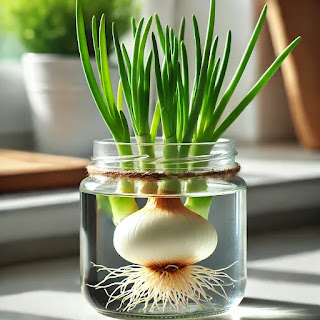Eco-Brick: A Step Towards Solving Plastic Waste?
Plastic waste is one of the most pressing environmental issues of our time. With millions of tons of plastic ending up in landfills and oceans each year, finding a sustainable solution is critical. One such innovation is the eco-brick—a simple yet powerful way to repurpose non-recyclable plastic. But what exactly is an eco-brick, and can it be the solution to our plastic waste problem?
What is an Eco-Brick?
An eco-brick is essentially a plastic bottle filled tightly with non-recyclable plastic waste, creating a solid, reusable building block. These bricks can be used for construction projects such as benches, walls, and even entire buildings. Eco-bricks have been embraced globally as a way to turn plastic waste into something useful, preventing it from reaching landfills or oceans.
The Founder and Origin of Eco-Bricks:
The eco-brick movement gained momentum thanks to the efforts of Russell Maier, a Canadian environmental activist who pioneered the concept in 2003 while working on sustainable living projects in the Philippines. His vision was to empower communities to take control of their plastic waste problem by giving it a new purpose.
The Eco-Brick Method:
Creating an eco-brick is a simple but labor-intensive process:
- Collect non-recyclable plastic: This includes items like plastic bags, wrappers, and packaging materials that cannot be processed through traditional recycling methods.
- Clean and dry the plastic: The plastic waste must be free from organic matter to avoid bacteria buildup inside the brick.
- Stuff the plastic into a plastic bottle: The plastic is packed tightly into the bottle using a stick to compress it, ensuring there are no air pockets. This compression makes the bottle strong and solid.
- Seal and use the eco-brick: Once filled, the eco-brick is sealed and ready to be used as a building material.
Is It a Real Solution to Plastic Waste?
While eco-bricks offer an innovative way to manage plastic waste, there are ongoing debates about whether they are a long-term solution or a temporary fix. Let's explore the pros and cons:
Pros:
- Immediate waste management: Eco-bricks provide a way to store plastic waste that would otherwise end up in landfills or oceans.
- Accessible for communities: The method is low-cost and can be implemented by anyone, making it an effective grassroots solution in areas lacking formal waste management.
- Reuse and repurpose: Eco-bricks transform plastic into usable materials, contributing to local construction projects, often in eco-conscious communities.
Cons:
- Plastic preservation: While eco-bricks keep plastic out of landfills, they also preserve plastic for decades, potentially posing long-term environmental risks if not managed properly.
- Scalability: Large-scale waste management requires systemic changes, such as reducing plastic production and improving recycling technologies. Eco-bricks may not be able to address the volume of plastic waste generated globally.
- Microplastics: If eco-bricks are not used correctly or start to degrade over time, they could release microplastics into the environment, exacerbating pollution rather than solving it.
Conclusion:
Eco-bricks represent a creative and empowering way to deal with plastic waste at a local level. However, while they are a positive step toward raising awareness and repurposing non-recyclable plastic, eco-bricks alone are not a comprehensive solution to the global plastic waste crisis. To truly address this issue, we need to focus on reducing plastic production, improving recycling infrastructure, and transitioning to more sustainable materials. Eco-bricks serve as a reminder that while individual efforts are important, systemic changes are essential for lasting environmental impact.





